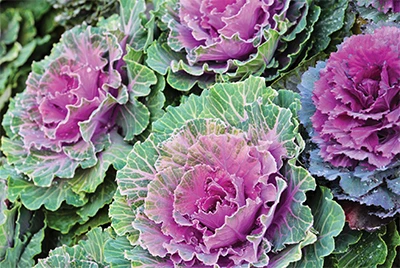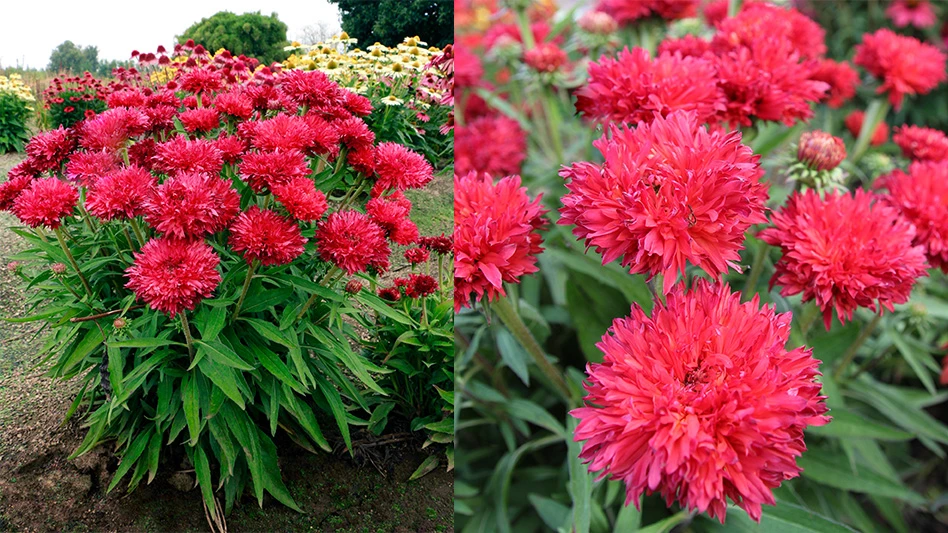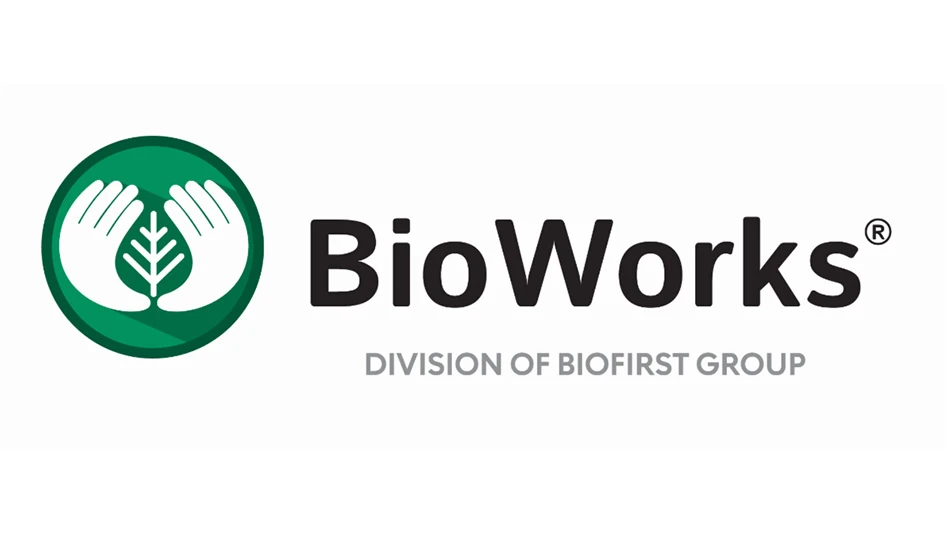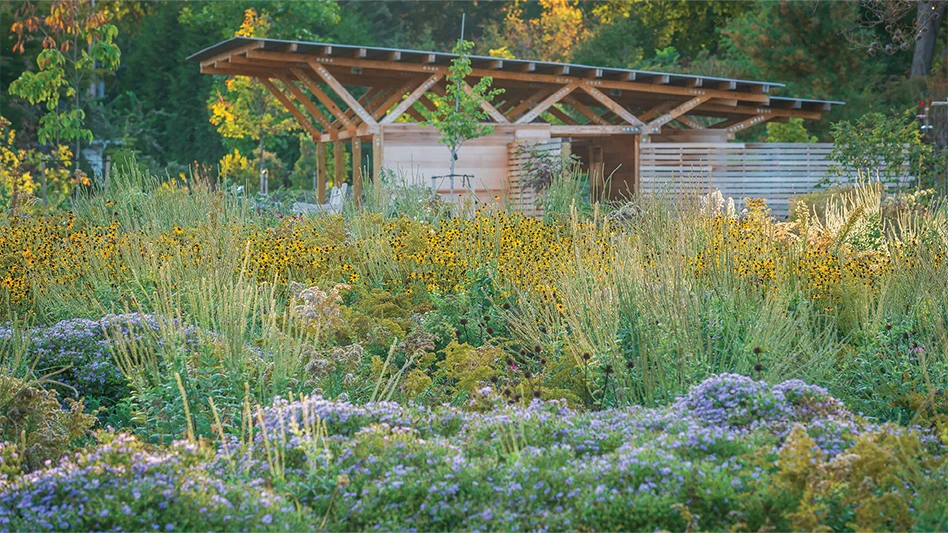
 With the change of seasons and the focus on fall-season plants – poinsettias, ornamental cabbage and kale, mums, and pansies –comes a new set of pest problems. Every week I get calls or samples with insects, mites or phytotoxicity (plant injury) problems, but the most consistent question at this time of year concerns managing whiteflies.
With the change of seasons and the focus on fall-season plants – poinsettias, ornamental cabbage and kale, mums, and pansies –comes a new set of pest problems. Every week I get calls or samples with insects, mites or phytotoxicity (plant injury) problems, but the most consistent question at this time of year concerns managing whiteflies.
Poinsettia crops are the most often affected, but sometimes ornamental cabbage and kale and mums have problems with whiteflies, too. Recent samples even included research plants from a noncommercial greenhouse.
For the most part, whiteflies do not overwinter in New York and almost always arrive after mid-summer. However, growers in the southern U.S. may deal with them year-round and in some locations they can be a plague, with very high numbers moving into the range of crops or fields nearby. Occasionally greenhouse growers will miss detecting an outbreak or spot infestation with problems very late in production after color forms in poinsettias. At that sensitive time, both residue and possible injury to bracts becomes a serious concern.
In the past year a new issue has arisen: some growers are asking how to manage whiteflies without neonicotinoids. This group of insecticides includes familiar products containing the active ingredients imidacloprid (Marathon, Discus N/G, and generic versions of these), thiamethoxam (Flagship), dinotefuran (Safari) and acetamiprid (TriStar SL). Clothianidin (Arena), also a neonicotinoid, does not have labeling for commercial greenhouse production uses. EPA has required a ‘Bee Advisory Box’ and pollinator hazard information to be included on imidacloprid, thiamethoxam, dinotefuran, and clothianidin product labels starting in 2014. These include new restrictions and information concerning pollinator protection. (TriStar labels are not required to include this information.) The issue has become even more important as growers make plans for spring crops, since some of these treatments are used preventively or very early in production on flowering plants to be grown outdoors.
 Here are seven steps growers can take to prevent serious whitefly infestations, regardless of whether neonicotinoids are being used:
Here are seven steps growers can take to prevent serious whitefly infestations, regardless of whether neonicotinoids are being used:
1. Seriously consider whether biocontrol might work in your business. There are advantages and disadvantages to consider, but it is very clear that it can work and be economically reasonable, if not always cheaper. It requires a new approach to management and attention paid to selection and quality of the biocontrols used – you’ll want to match the biocontrol to the type of whitefly present, start releases very early, have a regular quality assessment of shipments, and some way of assuring that the biocontrols are working as intended. Work these details out with your regional Extension specialist or biocontrol supplier.
2. Start clean. As serious growers, don’t keep old infested plant material or hold “pet plants” in primary production areas. Weeds are notorious for harboring insect (including whitefly) populations.
3. Check new plants on arrival. Look under older leaves for the adults or immature stages or have staff check as they’re planting. There are lots of good photos of the immature and adult stages of whiteflies on the internet. Some magnification (a hand lens or hands-free magnifier like an OptiVisor is very helpful).
4. Know which whitefly you have. Greenhouse whitefly (GHWF) was our primary pest decades ago, now superseded by sweetpotato whitefly though we do still see GHWF on occasion. It is not too difficult to distinguish among the two, and it is critical to know: the biocontrol released or choice of insecticide used depends upon the type of whitefly present.
5. Place yellow sticky cards out in the crop, vertically and positioned just above the top of the plants. Check weekly or more often for trapped whitefly adults.
 6. Watch for adult whiteflies as you and your staff work among the plants, occasionally turning over middle-aged and older leaves along the way, looking for any visible whitefly stages. Sometimes infestations will be quite spotty, confined to a corner or just a few plants or even one cultivar. If using biocontrols also look for any evidence the biocontrol has been active (presence of the biocontrols, parasitized whiteflies, dead immature whitefly stages, etc.)
6. Watch for adult whiteflies as you and your staff work among the plants, occasionally turning over middle-aged and older leaves along the way, looking for any visible whitefly stages. Sometimes infestations will be quite spotty, confined to a corner or just a few plants or even one cultivar. If using biocontrols also look for any evidence the biocontrol has been active (presence of the biocontrols, parasitized whiteflies, dead immature whitefly stages, etc.)
7. Intervene early. This is key for crops such as poinsettia, grown for a relatively long period (4 - 6 months). Some growers like to treat plants preventively after roots become established. Neonicotinoids (Marathon, Flagship, Safari) are often used systemically at this time (applied to media) or applied later as foliar sprays (including TriStar SL) but Kontos may be an alternative if a systemic is preferred (note sensitive plants on the label). We have many foliar insecticides that can be used for whiteflies; and some of these are valuable early and late in production as well. SuffOil-X has acquired a good record for safety on greenhouse plants and has been effective in our trials; other oils include PureSpray Green, SunSpray Ultra-Fine, and Ultra-Pure Oil (paraffinic petroleum-derived oils) and Triact 70 (based on neem oil).
Growers should take the usual precautions for horticultural oil application (treat under moderate temperatures, when plants are not drought-stressed, etc.), test on a small scale first, and of course remember coverage under leaves needs to be very good. Removing unneeded lower foliage will help improve spray contact on remaining leaves and may also take out some of the whitefly population as well. Other insecticides can also be used like BotaniGard (use the WP formulation on poinsettia and if possible keep humidity very high for a day or so after application), Judo (also note sensitive plants), Avid, Magus, Orthene/Acephate (or the combination Tame+Orthene), M-Pede or Triact 70, pyrethroids (Tame, Mavrik, Astro, Talstar S, Decathlon, Scimitar GC). The insect growth regulators azadirachtin (Azatin O, Aza-Direct, Molt-X, AzaGuard, Ornazin), Pedestal, Distance and Enstar AQ primarily target immature whitefly stages. A few products are labeled for ‘suppression’ of whiteflies like Akari and Aria. Performance of these varies greatly. Selection depends upon the type of whitefly present, the pest’s treatment history (for possible insecticide resistance, which may not be easy to know), a grower’s preferences and expectations, crop type and stage, compatibility with biological controls, other label uses of value, etc.
Consult with your Extension specialist or a trusted source of information to help sort out what’s best for any particular situation.
For more: http://goo.gl/YhK9vW
Daniel Gilrein is an Extension Entomologist at Cornell Cooperative Extension of Suffolk County in New York.

Explore the October 2014 Issue
Check out more from this issue and find your next story to read.
Latest from Greenhouse Management
- Grant awarded to test western U.S. wood species for use as wood fiber potting substrate
- Pennsylvania Horticultural Society announces 2025 Gold Medal Plant winners
- Oasis Grower Solutions announces new Southeast territory sales manager
- A nation of gardeners: A history of the British horticulture industry
- Last Word with Angela Labrum, Bailey Nurseries
- Iowa plant supplier Plantpeddler building retail complex
- This month's Greenhouse Management magazine is about native plants and sustainability
- The HC Companies, Classic Home & Garden merge as Growscape





